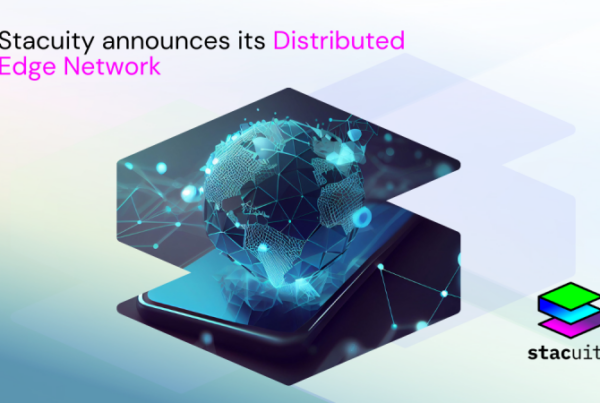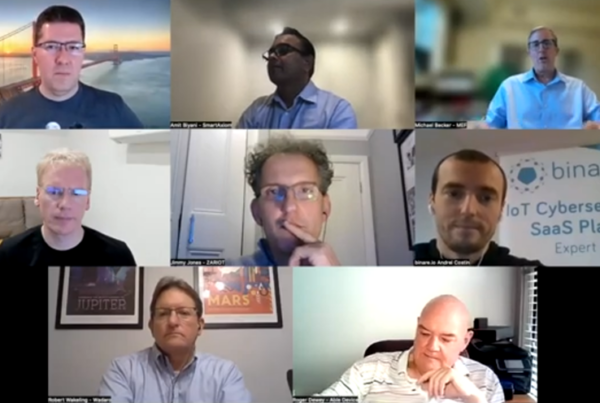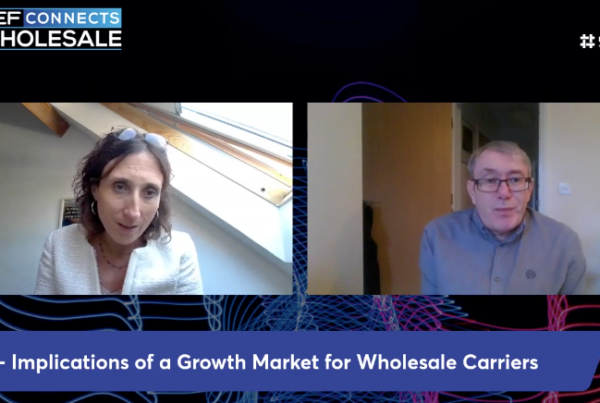The Internet of Things (IoT) always provokes strong reactions, especially when the prickly issue of trust rears its head. During MEF’s recent Global Consumer Trust Summit, a panel of industry experts engaged in a lively debate around the importance – and challenge – in building trust around a world of connected devices. MEF CEO Rimma Perelmuter picks out some of the key themes…
The benefits of IoT are well documented. Rapid developments in machine learning mean we can discern patterns and behaviours from the exabytes of data gathered by connected devices in order to add value to a wide range of enterprises, infrastructure and consumers.

By contrast, the risks of IoT for now are somewhat less in the public domain. For example, what is the impact on personal privacy when millions of devices and sensors are watching, recording and measuring our every move? Cameras in the home, microphones in lightbulbs, accelerometers in mattresses, sensors attached to our apps…do businesses and consumers really know what they’re letting themselves in for? And if they don’t, what if anything does it mean for the industry’s long term sustainability?
During the MEF Consumer Trust event in San Francisco in June, some of the industry’s leading experts gathered to discuss the increasingly vital role of consumer trust in IoT and the challenges faced by the industry. Here is a brief round-up of the themes that emerged.
IoT devices have been designed to fit seamlessly into the background of life, be it in our homes, workplace or as we walk down the street. Their great strength – ubiquity and seamless integration – makes transparency extremely difficult. How does a lightbulb describe the data it’s collecting?”
IoT comes in different flavours, each with a different relationship to trust
Michael Kuniavsky, Principal Scientist at PARC reminded us that while people refer to IoT as a generic term, the technology itself falls into three distinct categories. Each requires a separate framework for discussion around privacy, security and trust.
- Consumer – the public face of IoT. Connected washer-dryers, toasters, home security systems as an example.
- Industrial – formerly known as factory automation, this includes fleet and building management, network and business processes.
- Government – connecting urban infrastructure such as traffic cameras, toll booths and parking metres.
Transparency – is big brother watching me?
IoT devices have been designed to fit seamlessly into the background of life, be it in our homes, workplace or as we walk down the street. Their great strength – ubiquity and seamless integration – makes transparency extremely difficult. How does a lightbulb describe the data it’s collecting?
Charlene Marini of ARM pointed out that with this in mind people will either become paranoid about data collection or completely laissez-faire – neither of which help build trust.
Andreas Gal of Silk Labs questioned whether people know what they’re buying. Dropcam has been a great success for example, but its users have – in Andreas’ words – invited Google into their home as an awkward, nosy roommate. The type of data being collected will become increasingly sensitive, focusing consumers’ minds.
Education is, therefore, essential. Florent Joubert of Trustonic suggested the reason why Apple CEO Tim Cook picked a fight with the FBI was, at least in part, to raise awareness among consumers of potential security vulnerabilities.
Who owns my data?
If you buy a popular IoT service like Nest, it’s important to know that you’re the one getting scanned at the check-out counter! The suggestion being that the consumer – or at least their data – is the product in the IoT value chain.
Part of the problem here is understanding what we mean by data. Take facial recognition for example. Does the data consist of the individual video images or the insights gleaned from processing them via a clever algorithm? Or, in other words, is data the crude oil or the gasoline that comes after a period of refinement?
How then do we build trust?
ARM’s Marini was optimistic that devices could be designed and built with trust at their heart. Developers and manufacturers are beginning to learn that trust is not earned through vague talk of end-to-end 128bit encryption.
Instead, we must adopt a more comprehensive design strategy based on hardware secure partitioning and software integrity built into the development process from the get-go.
CEO
MEF


Perhaps the easiest way to appeal to industry, at least in the short term, is to refer to the bottom line. Andreas Gal says he doesn’t sell ‘privacy’ or ‘security’ he sells ‘better’, ‘lower-cost’ systems which just so happen to be more secure and privacy-friendly at the same time!
However, as we look forward to a fully connected world, building consumer trust around IOT becomes a business imperative – ignore at your own peril.





